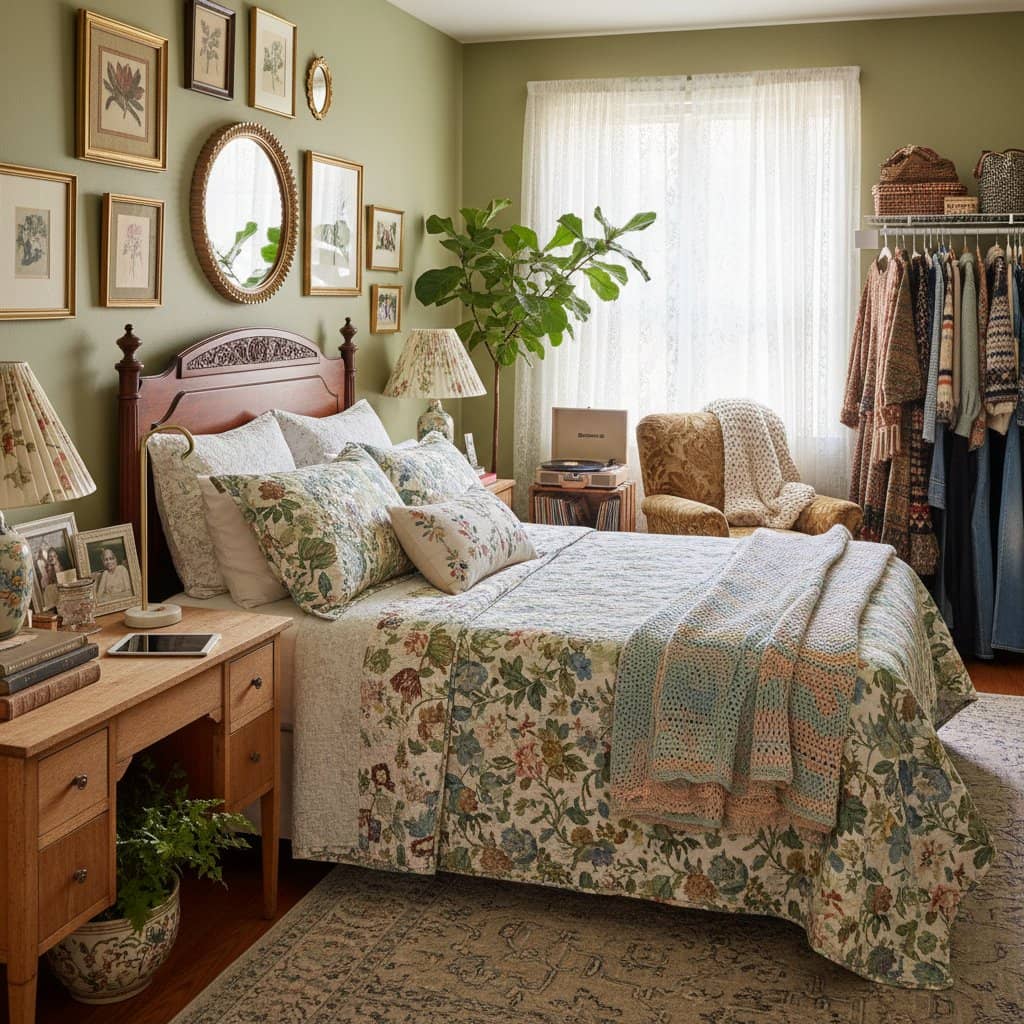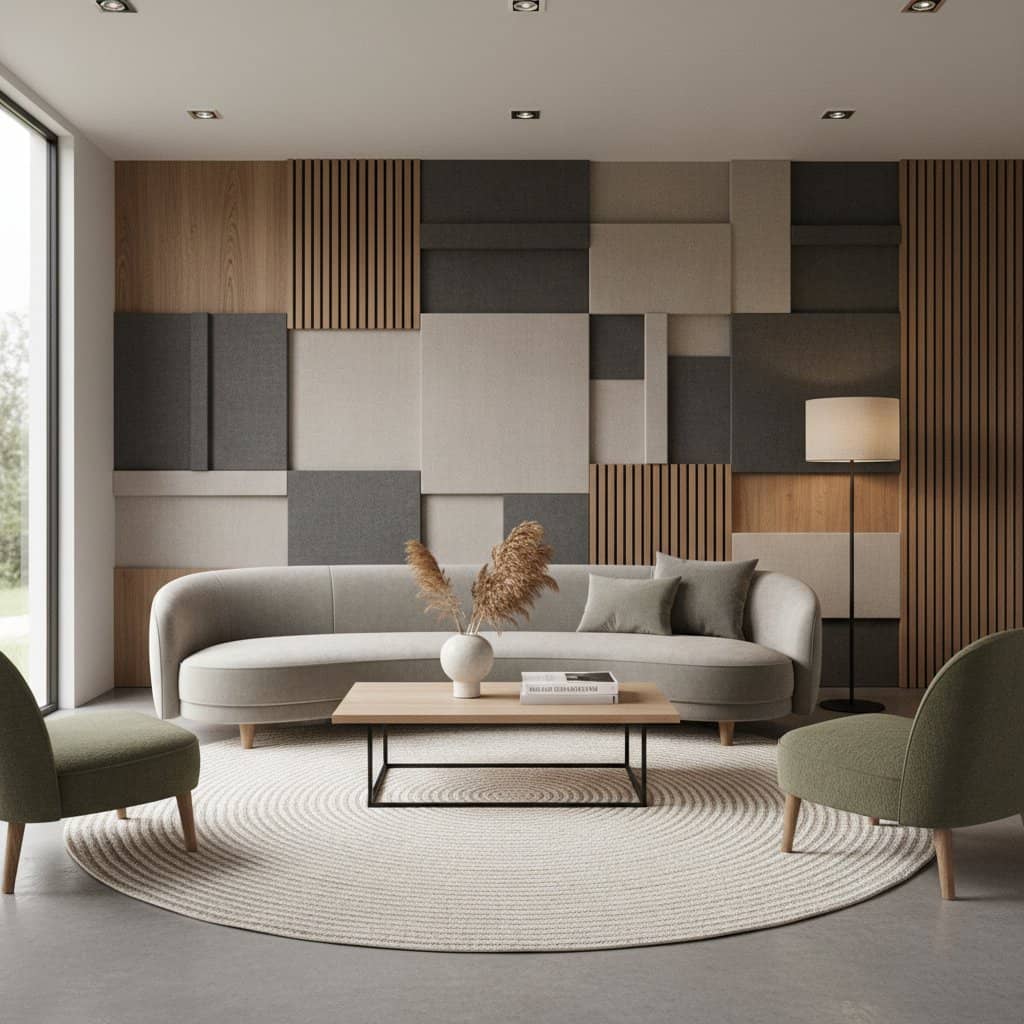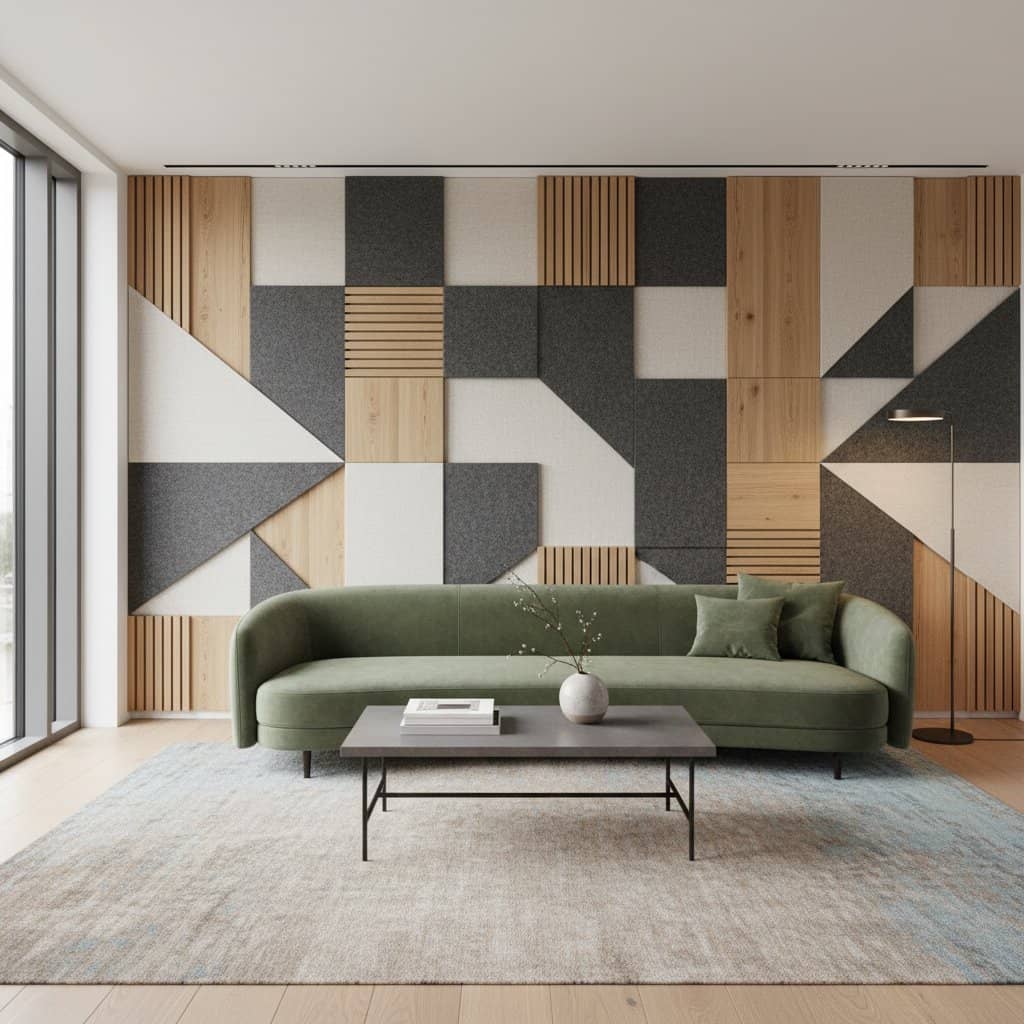Textured Ceilings Revive Living Room Style
Examine the ceiling in your living room. This surface often receives little attention, yet it offers design possibilities comparable to walls and floors. A textured ceiling alters the room's ambiance by introducing depth, warmth, and deliberate style. Designs once viewed as dated now reemerge in contemporary settings, updated through innovative materials and techniques.
When selected with care, a textured ceiling tempers the starkness of minimalist interiors, enhances traditional aesthetics, or injects vitality into monotonous areas. Similar to how rugs anchor a space and artwork enlivens walls, a ceiling treatment completes the overhead element. This article examines the resurgence of textured ceilings, identifies suitable styles for living rooms, and provides guidance for homeowners to implement these elements effectively.
Popular Textured Ceiling Styles
Textured ceilings vary widely, ranging from classic plaster methods to sleek modern applications. Each style imparts distinct personality and formality levels.
Subtle Plaster Finishes
Troweled plaster produces soft undulations across the ceiling. These finishes remain discreet and refined, ideal for modern living rooms seeking subtle warmth without excessive elaboration. Apply them in neutral tones to complement clean lines and neutral palettes.
Patterned Plasterwork
Detailed motifs, including geometric shapes or botanical designs, emerge from pressed plaster. This approach evokes historical elegance and suits classic or eclectic homes. Use it sparingly in focal areas to avoid visual clutter.
Knockdown and Skip Trowel
These methods yield a rustic, varied surface. Knockdown involves applying compound and then flattening it partially, resulting in a stippled effect that scatters light evenly. Skip trowel employs broader strokes for sweeping irregularities, fostering a relaxed vibe that aligns with comfortable, everyday spaces.
Coffered and Beam Effects
Structural elements like recessed panels or exposed beams simulate texture via dimension. This technique introduces architectural interest and adapts to both modern and traditional living rooms. Install faux beams in lightweight materials for easier retrofitting.
Metallic or Lime Wash Finishes
Metallic-infused plaster or lime wash captures and reflects light with a subtle sheen. Such treatments lend an air of luxury and illuminate dimmer rooms. Opt for matte metallics to prevent glare in brightly lit areas.
Choosing the Right Texture for Your Living Room
Texture selection hinges on room dimensions, overall home style, and intended atmosphere. Consider these factors to achieve harmony.
- In compact rooms, select pale, understated textures to preserve a sense of expansiveness.
- With high ceilings, bolder designs or coffered layouts draw the eye downward and foster intimacy.
- Modern interiors benefit from sleek plaster undulations or metallic sheens for a polished appearance.
- Traditional settings gain from ornate plaster details or wooden beams that underscore heritage.
- Casual areas thrive with knockdown or skip trowel for an effortless, approachable feel.
Evaluate interactions between the ceiling, wall hues, illumination sources, and furnishings. A pronounced texture above vibrant patterns may overwhelm; conversely, a gentle finish enhances such elements seamlessly.
Addressing Common Concerns
Homeowners often hesitate before adopting a textured ceiling. The following addresses frequent apprehensions with practical resolutions.
-
Concern: Potential regret over the choice. Begin with a low-commitment option like lightly troweled plaster, which allows for later modifications.
-
Concern: Risk of diminishing room size. Employ light shades and diffused textures, augmented by strategic lighting, to sustain airiness.
-
Concern: Maintenance challenges. Dust periodically with a soft brush; plaster endures well and resists wear.
-
Concern: Possibility of appearing dated. Align the texture with your home's enduring style to ensure timeless appeal.
A Weekend Installation Guide
Ambitious homeowners can experiment with knockdown texture over a weekend. This approachable project requires basic tools and yields noticeable results.
- Protect the space by removing furniture or covering it securely, and lay drop cloths on floors.
- Inspect and repair the ceiling, filling cracks with spackle and sanding smooth.
- Mix joint compound to a sprayable consistency; apply via hopper gun or trowel in even passes.
- Allow partial drying for 10 to 15 minutes, then drag a wide knife across the surface to flatten peaks.
- Prime once dry, then apply two coats of ceiling paint in a soft hue to accentuate the texture.
By the project's end, the living room gains refreshed character with minimal disruption.
Experiencing Texture in Daily Life
A textured ceiling influences routine interactions within the living room. Sunlight traces contours uniquely throughout the day, while evening lamps create dynamic shadows. Conversations benefit from reduced echo, and relaxation moments feel more enveloped.
This overhead feature integrates subtly, enhancing the space's rhythm without demanding focus. Over time, it contributes to a layered, personalized environment.
Implementing Texture Thoughtfully
If your living room lacks dimension, consider ceiling enhancements. Subtle applications introduce gentle warmth, while ambitious designs reshape the entire area.
Align choices with your desired ambiance, then integrate textures that reinforce it. Proceed incrementally; even a targeted section transforms the room and highlights design's evolving nature.



